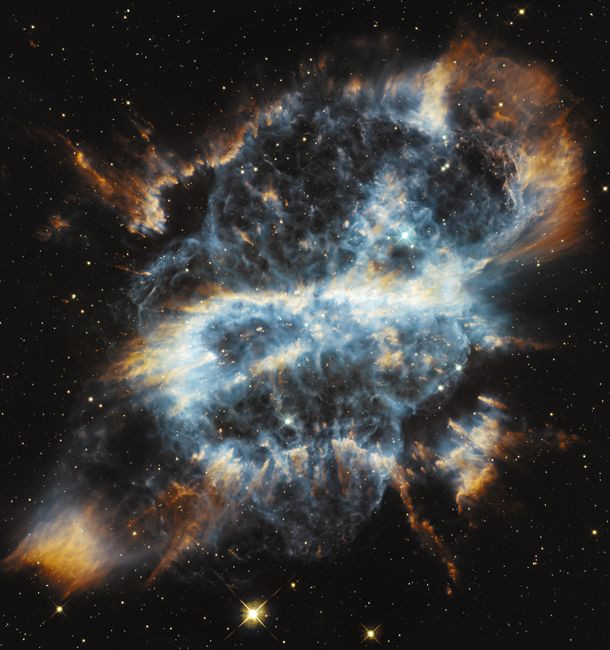
The universe just got a little smaller. NASA's Kepler space telescope has discovered a possible alien planet scientists describe as the "most Earth-like" world found yet beyond our solar system.
With its radius measuring just 1.5 times that of Earth, scientists have deemed the possible planet a "super-Earth," or a planet that is just slightly larger than Earth. The similarities don't end there, either. The potential planet orbits a star similar to our own sun and at a distance within the scientific sweet spot known as the "habitable zone," the distance a planet can be from a star and still have liquid water exist on its surface. If confirmed, the planet could be a perfect candidate for supporting alien life, say scientists.
"This was very exciting because it's our fist habitable-zone 'super-Earth' around a sun-type star," said astronomer Natalie Batalha, a Kepler co-investigator at NASA's Ames Research Center in Moffett Field, Calif. That means if the planet's confirmed it would be the closest Earth twin planet beyond our solar system we've ever found, she said.
The star the potential planet orbits around is a G-type star, which is slightly cooler than our sun.
"It's orbiting a star that's very much like our sun," Batalha added. "Previously the ones we saw were orbiting other types of stars."
The potential planet, catchily named KOI 172.02 for Kepler Object of Interest, "a designation assigned to all planet candidates found by the telescope until they are confirmed as planets," Space.com explains, takes about 242 days to orbit its star, compared to Earth's 365, and sits about three-quarters of the Earth-sun distance from its "sun."
"It's a big deal," astrophysicist Mario Livio, of the Space Telescope Science Institute in Baltimore, told SPACE.com. "It's definitely a good candidate for life."
Scientists are uncertain what kind of terrain KOI 17.02 may hold, but they say it definitely has the possibility for sustaining liquid water.
"Maybe there's no land life, but perhaps very clever dolphins," Livio joked.
The Kepler space telescope found the potential planet among a batch of 461 other such possible planets. The telescope finds possible planets by searching for period dips in the brightness of stars, which can be caused by planets passing in front of them, obscuring portions of their light output.
"Astronomers have multiple ways to confirm that these candidates are actual planets, such as looking for small variations in the timing of the planets' passes in front of stars caused by the gravitational tug of other planets in the system," explains Space.com.
Since launching in 2009, Kepler has discovered 2,740 such planets, confirming just 105 so far. Although, Kepler scientists estimate that more than 90 percent will eventually be confirmed. With the space telescope receiving an extended mission until 2016, perhaps researchers can confirm another 100 planets.
"There is no better way to kick off the start of the Kepler extended mission than to discover more possible outposts on the frontier of potentially life-bearing worlds," Christopher Burke of the SETI Institute said in a statement.
© 2025 Latin Times. All rights reserved. Do not reproduce without permission.




